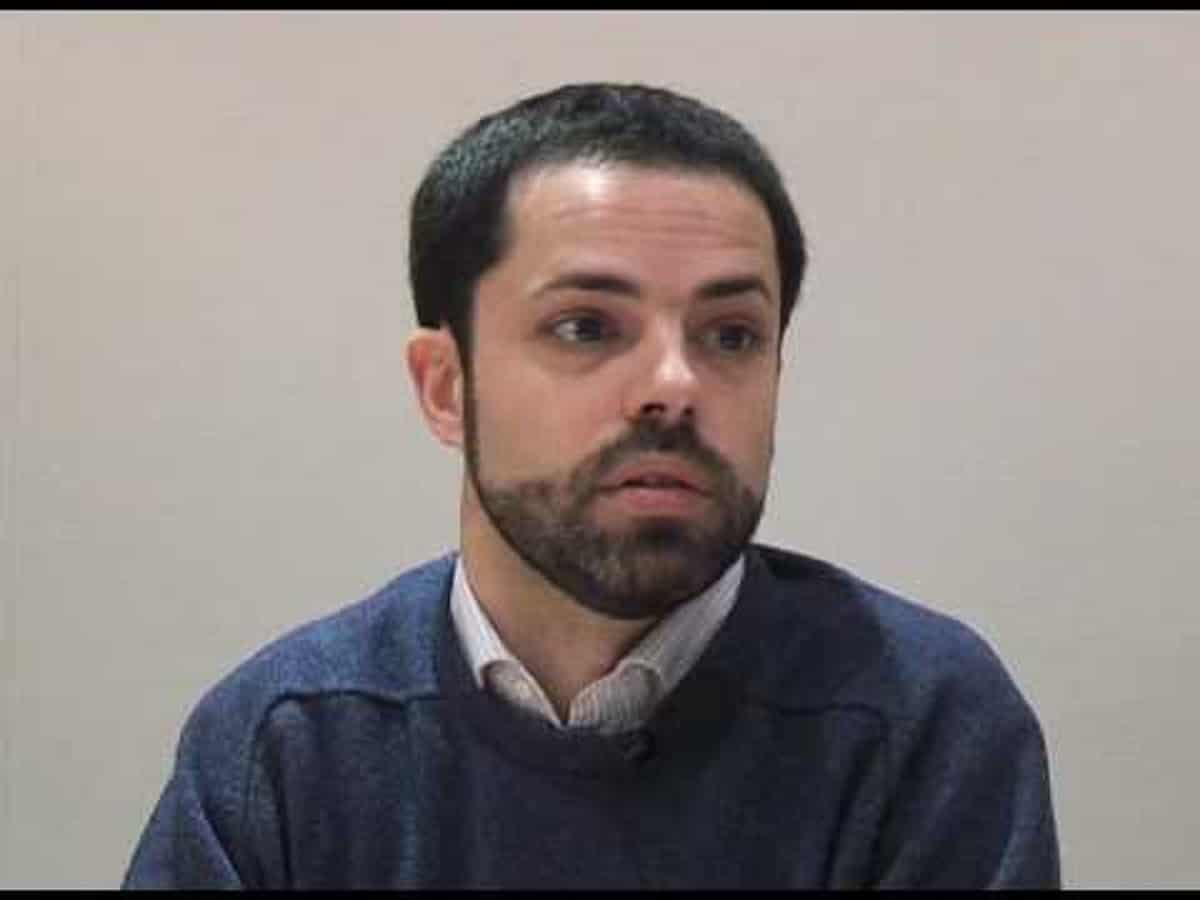New Delhi: Despite India being a secular nation, communal riots broke out in the centrally governed national capital shocking the world. Laurent Gayer, a political scientist who worked on Social Integration in both India and Pakistan speaks on the three-day long violence.
Northeast Delhi is home to working-class Muslims and Hindus who live in mixed neighbourhoods but things turned ugly after fear and anger divided the two communities leading to deadly violence said the co-Author of the book Muslims in Indian Cities, Mr Laurent Gayer
Responding to the question of what has changed in Delhi which is one of the most religiously segregated cities in his rankings, Mr Gayer said the growing sense of insecurity among the Indian Muslims has collapsed the ghettos and enclaves categories which had previously divided them into one a single experience of marginalisation.
And in Delhi, as in other highly segregated Indian cities, middle-class Muslims currently live side by side with working-class Muslims in dilapidated localities and all this is for the security where the Middleclass Muslims have traded the comforts of middle-class urban living solely for their security.
The recent pogrom will now lead to new displacements and new attempts to search for safety in numbers he said.
When asked the relationship between spatial segregation and communal violence, Mr Gayer said there was no such mechanical relationship between the two.
Among Indian Muslims, feelings of insecurity are key to processes of enclosing and are deeply subjective. For instance, Delhi has become a case in point: while, historically, this has not been a communally sensitive city, with ‘only’ 50 deaths in incidents of Hindu-Muslim violence between 1950 and 1995.
When asked the context for this violence was Muslims defending their right to protest, to claim public space. These very sit-ins and the traffic delays were held as provocation. Is this a new threshold in their marginalisation?
Mr Gayer responded that anti-CAA protests are part of a global wave of urban uprisings.
Anti-CAA activists in Shaheen Bagh and Jaffrabad did not only craft a new style of protests: night after night, they reclaimed the city as a place for pluralistic living and political solidarities across denominational divides, he said adding that the ‘new India’ should brace itself for some street-fighting years.
To the question of whether is there a gap between Islamophobic propaganda and lived experience in mingled neighbourhoods? Mr Gayer said the past events have shown many Indians were not ready to fall for the sirens of communalism.
Taking Seelampur for an example for harmony, he said, Muslims and Dalits stood together against the storm threatening to be unleashed in their localities.
Communal forces are well aware of this, which is why they need to spread rumours and bring assailants from outside to disrupt long-established patterns of conviviality, he said.
Mr Gayer said irrespective of religion the two communities did help each other in regions where communal amity was proved.
We should give their due credit to those Hindus who put their life at stake to save their Muslim neighbours and friends, or those Muslims who defended Hindu temples in the midst of chaos, he said.
Ending his interview, Mr Gayer recalls a verse common to the Quran and the Talmud: “whoever saves one life, it is as if he had saved mankind entirely”.

